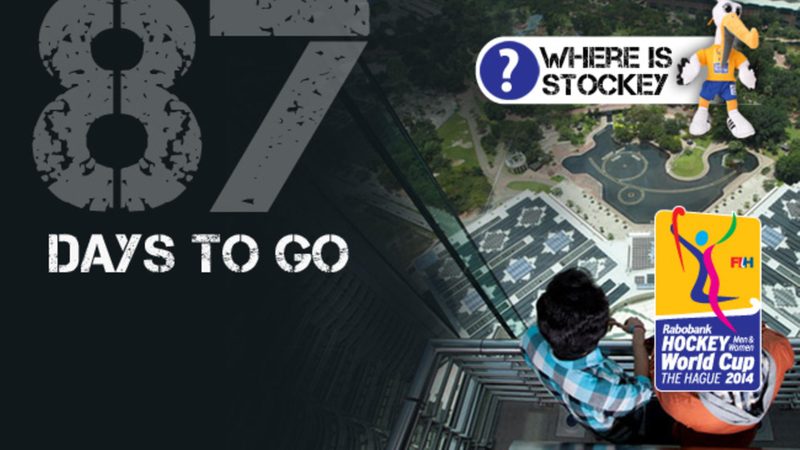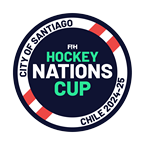
Stockey's travels this week take the hockey mascot to a south-east Asian country that is a veritable melting-pot of races and religions. Malaysia is a country of contrasts. Towering skyscrapers look down upon wooden houses built on stilts; five-star hotels sit just metres away from ancient reefs; rugged mountains neighbour floodplains teeming with forest life; warm, sandy beaches are adjacent to rich, humid mangroves.
When it comes to hockey, Malaysia has a long, if sporadic, history in the Hockey World Cup. In 1975, it played host to the World Cup and finished a creditable fourth, but since then the team has failed to make the impact it would like to and has failed to qualify on a number of occasions. Malaysia is currently ranked 13th in the FIH world rankings and number 2 in Asia, a position that the national hockey confederation is hoping to build upon. In total, Malaysia has made six appearances in the Hockey World Cup and the team will be hoping to make it lucky number seven in the Hague this year.
As a nation on the trade routes, Malaysia has long played host to a number of visitors, many of whom have since settled. Nowadays Malays, Indians, Chinese and many other ethnic groups live together in the forward-looking nation. Since gaining independence from Britain in 1957, Malaysia has developed into a leading industrial nation and has the 29th largest market economy in the world.
Geographically, Malaysia is almost as diverse as its culture. 11 states and 2 federal territories (Kuala Lumpur and Putrajaya) form Peninsular Malaysia. This is separated by the South China Sea from East Malaysia, which includes two states – Sabah and Sarawak – and a third federal territory, the island of Labuan.
While the Malaysian people have a strong work ethic, the country is also a gastronomical paradise and home to hundreds of colourful festivals. It is not hard to imagine the celebrations that would break out following a Malaysian victory at the Rabobank Hockey World Cup.






















